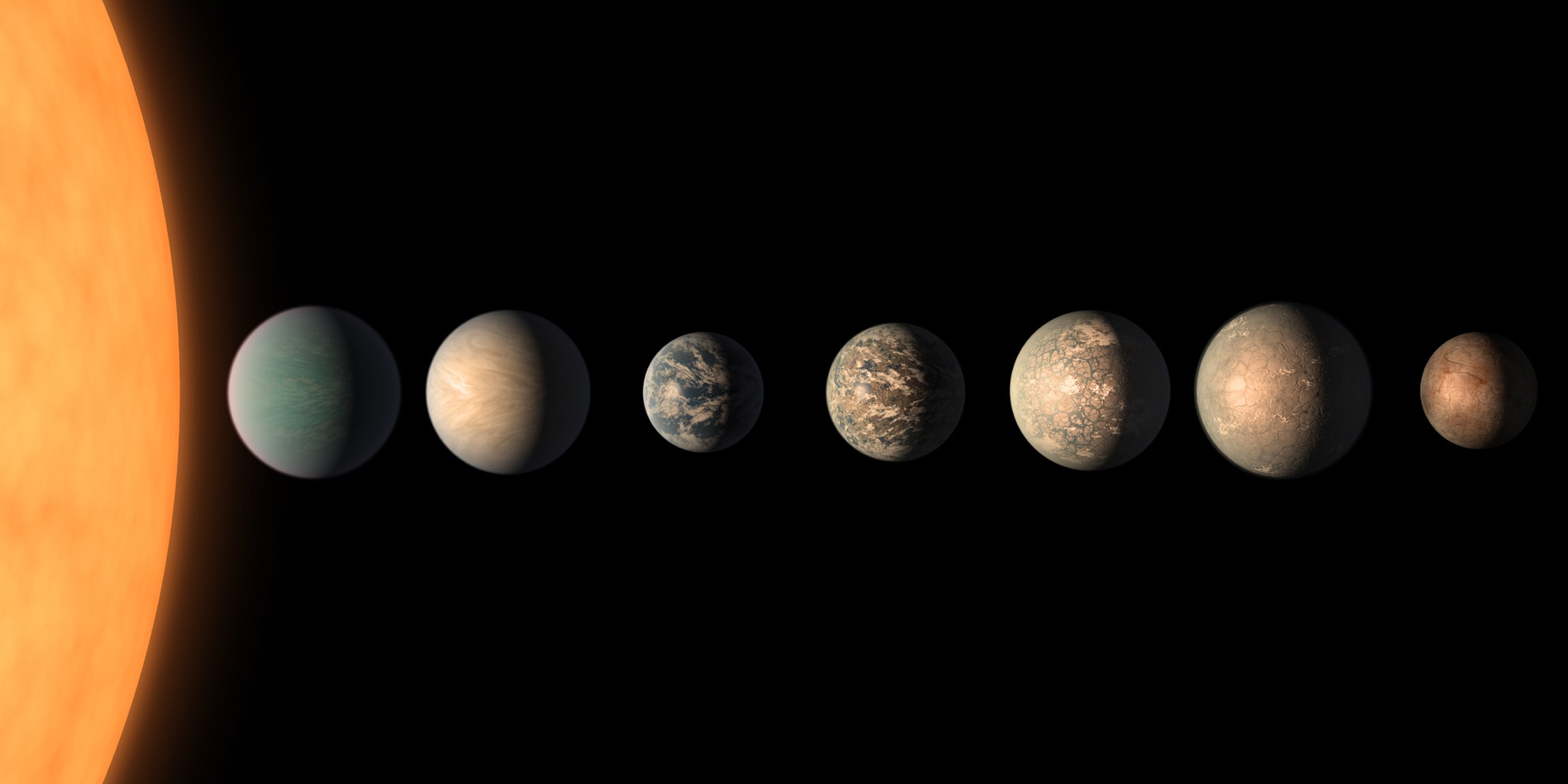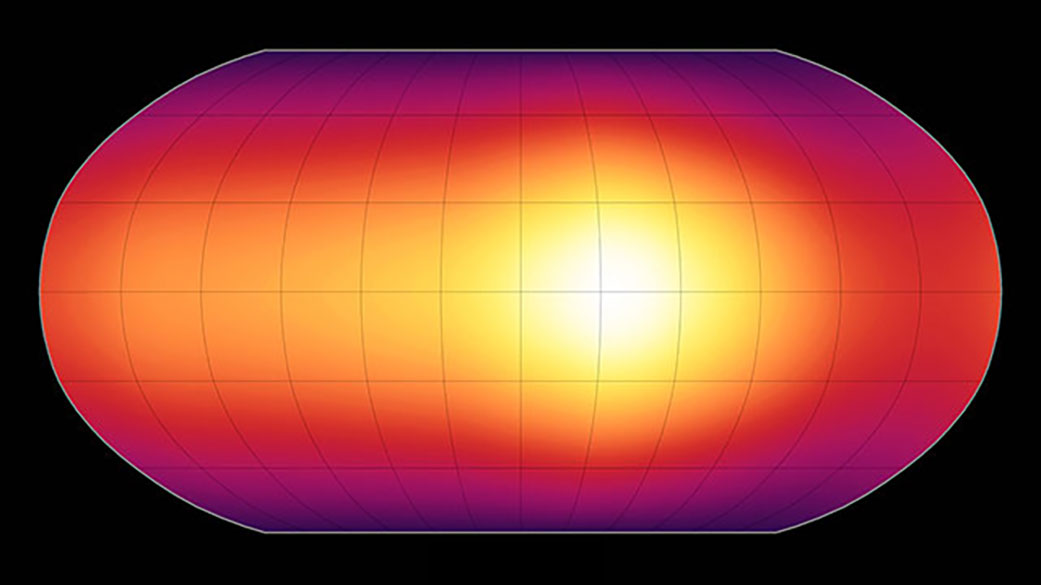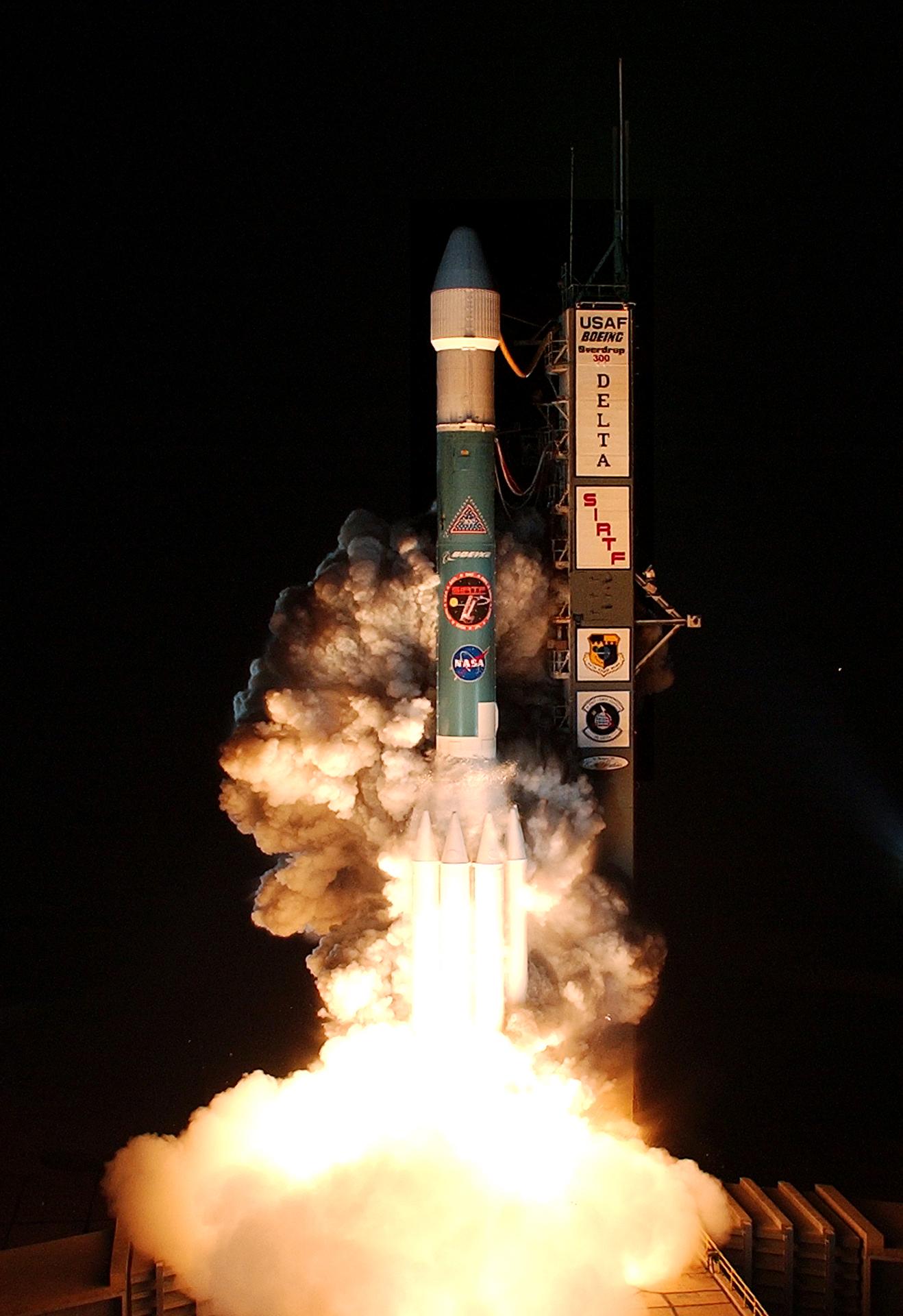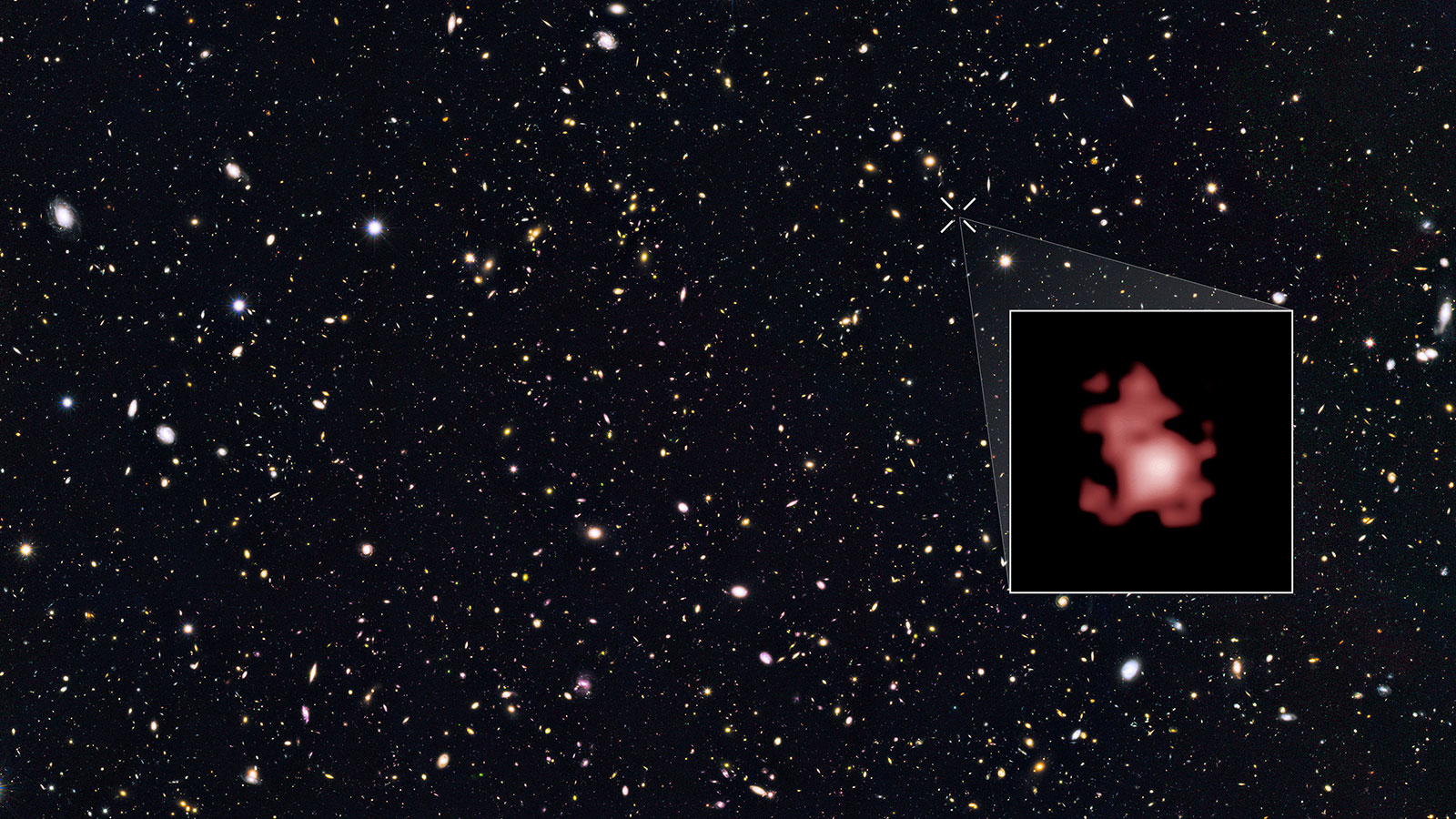As one window to the universe closes, another will open with an even better view. Some of the same planets, stars and galaxies we first saw through the first window will appear in even sharper detail in the one that will soon open.
NASA’s Spitzer Space Telescope concludes its mission on Jan. 30, 2020, after more than 16 extraordinary years of exploration. The telescope has made many discoveries beyond the imaginations of its designers, such as planets outside our solar system, called exoplanets, and galaxies that formed close to the beginning of the universe. Many of Spitzer’s breakthroughs will be studied more precisely with the forthcoming James Webb Space Telescope, which is expected to launch in 2021.
“We have a lot of new questions to ask about the universe because of Spitzer,” said Michael Werner, Spitzer project scientist based at NASA’s Jet Propulsion Laboratory in Pasadena, California. “It’s very gratifying to know there’s such a powerful set of capabilities coming along to follow up on what we’ve been able to start with Spitzer.”
Both Webb and Spitzer are specialized for infrared light, which is invisible to human eyes. But with its giant gold-coated beryllium mirror and nine new technologies, Webb is about 1,000 times more powerful. The forthcoming telescope will be able to push Spitzer’s science findings to new frontiers, from identifying chemicals in exoplanet atmospheres to locating some of the first galaxies to form after the Big Bang.
Beyond its discoveries, Spitzer is also a pathfinder for Webb in terms of how to operate a telescope of this kind. In order to measure infrared light with high sensitivity, a telescope must be very cold. Spitzer has shown engineers how an infrared observatory behaves in the vastness of space and what temperatures mission planners should expect to grapple with for Webb.
“Having a huge telescope in space is hard. But having a huge telescope that’s cold is much harder,” said Amber Straughn, deputy project scientist for James Webb Space Telescope Science Communications. “Spitzer helped us learn how to better operate a very cold telescope in space.”
With more than 8,700 scientific papers published based on Spitzer’s discoveries, the telescope has been a tremendous asset to astronomers across a variety of disciplines. Many of these tantalizing results are ripe for revisiting with a more powerful telescope, and Webb is poised to begin looking into them early in its mission. Here is a sampling of Spitzer’s accomplishments that Webb will build upon.
Exoplanets
One of Spitzer’s most stunning discoveries was that there are not just three, but seven rocky Earth-size planets orbiting a small, faint star called TRAPPIST-1. TRAPPIST-1 is one of the best-studied planetary systems apart from our own, but there is a lot more to learn about it.

The fourth planet from the star, TRAPPIST-1e is especially interesting because it has a density and surface gravity very similar to Earth’s and receives enough stellar radiation to have temperatures friendly enough for liquid water. Webb will observe this planet to get a better sense of whether the planet has an atmosphere and, if so, what its chemistry is.
The presence of molecules such as carbon dioxide, dominant on Mars and Venus, would have implications for whether a planet could have liquid water and other habitable conditions. Webb will be able to detect atmospheric water, too. Additionally, Webb will search for heat coming from TRAPPIST-1b, the planet closest to its star.
“The diversity of atmospheres around terrestrial worlds is probably beyond our wildest imaginations,” said Nikole Lewis, assistant professor of astronomy at Cornell University in Ithaca, New York. “Getting any information about air on these planets is going to be very useful.”
WASP-18b is another intriguing planet that Spitzer examined and that Webb will investigate further in observations early in the mission. This gas giant, with 10 times the mass of Jupiter, is located extremely close to its star, completing an orbit once every 23 hours. Because of its high temperature — a whopping 4,800 degrees Fahrenheit (2,650 degrees Celsius) — and large size, it is known as a “hot Jupiter.” Using data from Spitzer and Hubble, astronomers figured out in 2017 that this planet has a lot of carbon monoxide in its upper atmosphere and little water vapor. This planet is particularly interesting because it’s so close to its star that it’s in danger of being torn apart completely, and it may not survive another million years. Astronomers are interested in using Webb to look at the processes happening in this planet’s atmosphere, which will provide insights into hot Jupiters in general.

Spitzer has also delivered unprecedented weather reports for exoplanets. In 2007, it made the first-ever map of the surface of an exoplanet, the hot Jupiter HD 189733b, showing its temperature variations and cloud tops. More recently, in 2016, Spitzer highlighted the climate patterns of 55 Cancri e, a possibly lava-covered world more than twice the size of Earth. But maps from Spitzer have given scientists a lot to think about as they look to further investigations with Webb.
Other Exotic Objects
Spitzer has also made strides in identifying and characterizing brown dwarfs. A brown dwarf is larger than a planet but less massive than a star, and while stars generate their own energy by fusing hydrogen, brown dwarfs do not. Spitzer has been able to look at the clouds in brown dwarf atmospheres and observe how they move and change shape with time. Webb will also examine brown dwarf cloud properties and delve deeper into the physics of these mysterious objects.
Infrared light has also been revolutionary for looking at disks of gas and dust orbiting stars, and both Spitzer and Webb are sensitive to the infrared glow of this material. Disks that Spitzer has studied contain the raw materials for making planets and may represent the state of our solar system before Earth and its neighbors formed. Spitzer has seen particles around young stars beginning to transform into the seeds of small planetary bodies, and that some disks have materials similar to those seen in comets in our solar system. Webb can look at the same disks and find out even more about the planetary formation process.
Oodles of Galaxies
As light travels from distant objects to Earth, its wavelength becomes longer because the universe is expanding and those objects are moving farther from us. Just like the sound of a siren seems to lower in pitch as an ambulance drives away, light from distant galaxies also lowers in frequency, a phenomenon called “redshift.” That means stars that give off visible light in the early universe will appear in the infrared by the time their light reaches Earth. This makes infrared light an especially powerful tool for exploring the universe’s ancient past.
Pinpointing hundreds of billions of galaxies is currently impossible, but Spitzer has made large galaxy catalogs that represent different slices of the universe, containing some of the most distant galaxies we know. The large survey areas of Spitzer and Hubble Space Telescope have allowed astronomers to efficiently look for objects that could be studied in further detail with Webb.
For example, Spitzer, together with Hubble, took an image of a galaxy called GN-z11, which holds the record for most distant galaxy measured yet. It is a relic from when the universe was only 400 million years old, just 3% of its current age and less than 10% of its size today.
“Spitzer surveyed thousands of galaxies, mapped the Milky Way and performed other groundbreaking feats by looking at large areas of the sky,” said Sean Carey, manager of the Spitzer Science Center at Caltech/IPAC in Pasadena, California. “Webb won’t have this capability, but it will revisit some of the most interesting targets in the Spitzer surveys to reveal them in amazing clarity.”
What’s more, Webb’s higher sensitivity will allow the telescope to look for galaxies dating back even earlier in the universe. And questions still abound about these distant galaxies: Are there a lot of stars forming in them or relatively few? Are they rich in gas or poor? Are there black holes at their centers, and how do those black holes interact with stars? And, scientists have pondered a chicken-and-egg problem for decades about which came first: the black hole or the surrounding galaxy?
“We’ll be able to see some of the earliest galaxies to form in the universe that we’ve never seen before,” said Straughn.
Closer to home, Spitzer also studied many examples of a mysterious kind of galaxy called a luminous infrared galaxy, or LIRG. Such galaxies are generating tens to hundreds of times more energy per second than a typical galaxy, and most of that energy takes the form of far-infrared light. Scientists have used Spitzer to study LIRGs and learn about star formation and the growth of black holes during periods of rapid evolution when galaxies collide and merge. Such collisions were even more common 6 billion to 10 billion years ago and influenced the evolution of the universe as we know it.
“Webb will take inspiration from Spitzer and examine a variety of nearby and distant LIRGs to learn more about the role of galactic mergers, bursts of star formation and the growth of supermassive black holes in galactic evolution over cosmic time,” said Lee Armus of Caltech, who will lead a LIRG observing program for Webb.
Into the Infrared Unknown
For more than 16 years, Spitzer mapped out many of the most pressing questions in infrared astronomy. Now it’s up to Webb to revisit them with sharper vision, through the grandest window yet to the cosmos.
Calla Cofield
Jet Propulsion Laboratory, Pasadena, Calif.
626-808-2469
calla.e.cofield@jpl.nasa.gov
Elizabeth Landau
NASA Headquarters, Washington
818-359-3241
elandau@jpl.nasa.gov
2020-011




























